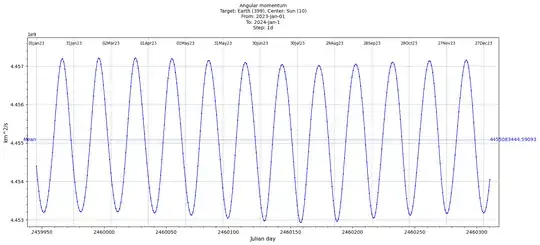I'm reading An Introduction to Mechanics by Kleppner and Kolenkow. In the chapter on angular momentum, a (beautiful!) example is given by discussing Kepler's second law of planetary motion.
The law states that the when a planet is orbiting the sun, the area swept by its radius to the sun for a given time length is constant.
The authors prove Kepler's law using conservation of angular momentum. To my understanding, they show that the angular momentum of a given planet about the sun is conserved, by showing that the torque acting on it is 0. This is done by showing that the gravity force exerted on the planet by the sun is parallel to the position vector to the planet from the sun.
Here's what's confusing to me: it seems to me that given planet A in the solar system - in addition to the force of gravity from the sun, additional (gravity) forces act on it. These are the forces that act on A from other planets in the system.
So why can we say that the total torque on planet A is 0? If we can't say that, we can't rely on conservation of angular momentum.

